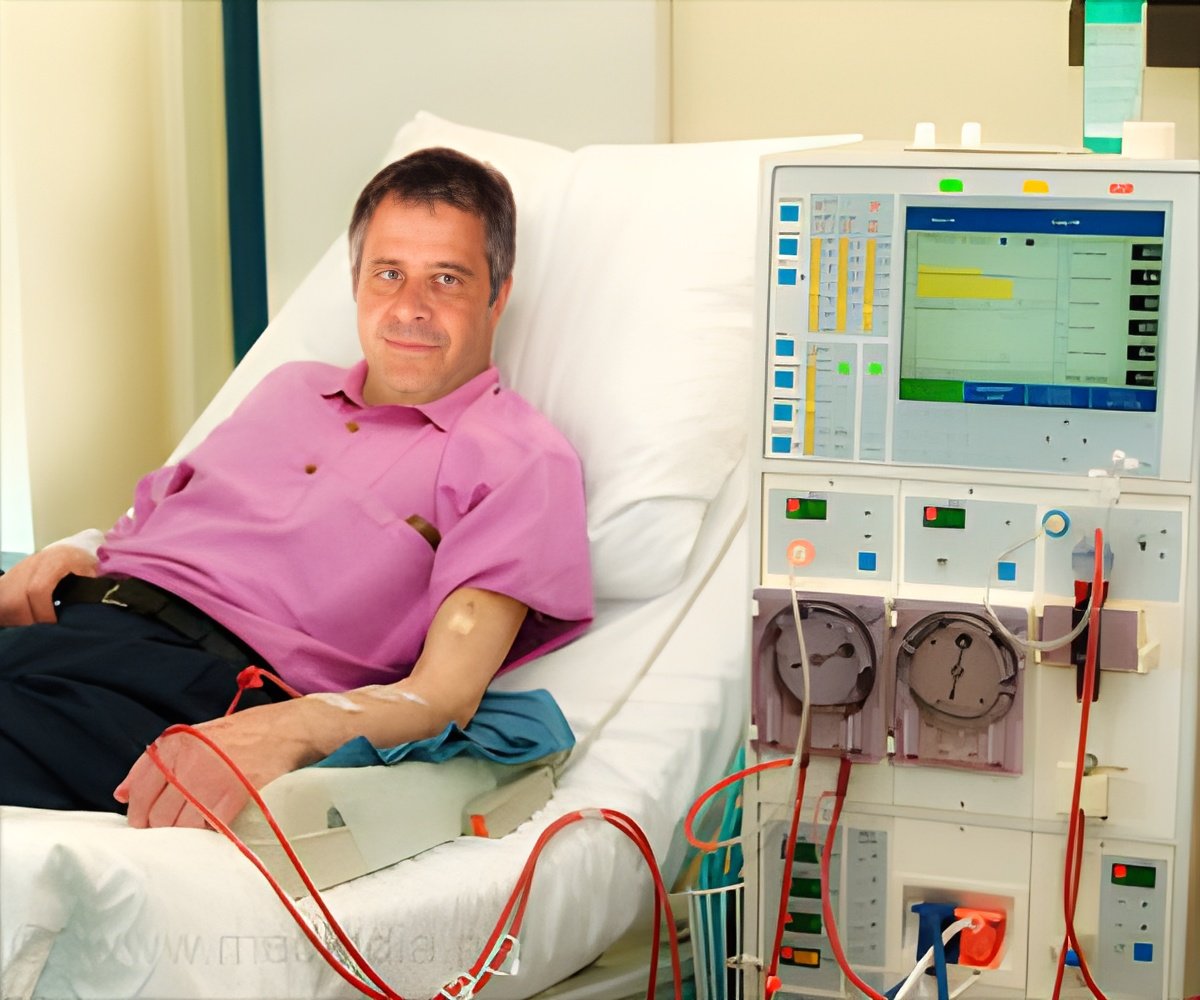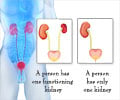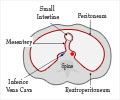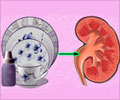Arteriovenous fistula surgery to facilitate dialysis slows down decline of kidney function in chronic kidney disease patients.

- Creation of an arteriovenous fistula could be beneficial for patients with chronic kidney disease (CKD)
- Decline in estimated Glomerular Filtration Rate (eGFR) is slow after the surgery
- A new study finds that arteriovenous graft/fistula slows renal decline irrespective of the status of fistula maturity.
About Arteriovenous Fistula (AVF) & Arteriovenous Graft (AVG)
Arteriovenous Fistula (AVF) Access for hemodialysis has certain advantages that include:- Lower chances of infection
- Better flow of blood for hemodialysis
- This access stays longer that other forms of access
Both the AVG and AVF are routine surgical procedures that are carried out as outpatient procedures or may require an overnight stay at the hospital.
The current study by Keiichi Sumida and colleagues notes that the benefits of these surgical procedures may well extend beyond just facilitating hemodialysis and they may actually delay the renal decline. This study entitled “Association between vascular access creation and deceleration of estimated glomerular filtration rate decline in late-stage chronic kidney disease patients transitioning to end-stage renal disease” has been published in the Journal Nephrology, Dialysis, Transplantation (May 2016).
AVF and eGFR
An earlier study by Golper TA and colleagues from the Vanderbilt Center for Kidney Disease studied the effect of AVF on estimated glomerular filtration rate (eGFR) in a study titled “Arteriovenous fistula creation may slow estimated glomerular filtration rate trajectory.” and published in the Journal Nephrology, Dialysis, Transplantation (Dec 2015).A retrospective study was conducted on 123 chronic kidney disease patients between the years 2005 and 2010. Patients whose fistula showed maturation were included in the study and the study was terminated in the event of death, transplantation of kidney or if dialysis is started for the patient.
This study found that AVF lowered eGFR rate, but since it was a retrospective study, no conclusion could be drawn from the study.
AVF/AVG And eGFR Vs Confounding Factors
Though the creation of AVF/AVG were found to improve eGFR, it wasn’t determined if it was due to the constitution of a mature access to the circulatory system or if it was due to confounding factors. Keiichi Sumida and colleagues studied 3026 US veterans with chronic kidney disease who had pre-dialysis AVG/AVF surgical procedure between 2007 and 2010 and were included in the study. Time-dependent and fixed confounders were adjusted and the eGFR slopes were studied.The study concluded that creation of a surgical fistula between the artery and vein in a patient with chronic kidney disease actually lowers advancement of kidney disease, prolonging the pre-dialysis period and postponing the need for hemodialysis.
- Sumida K, Molnar, Potukuchi PK, Thomas F, Lu,Ravel VA, Soohoo M, Rhee CM, Streja E, Yamagata K, Kalantar-Zadeh K, Kovesdy CP. “Association between vascular access creation and deceleration of estimated glomerular filtration rate decline in late-stage chronic kidney disease patients transitioning to end-stage renal disease.” Nephrol,Dial,Transplant May 2016
- Golper TA, Hartle PM, Bian A, “Arteriovenous fistula creation may slow estimated glomerular filtration rate trajectory.” Nephrol,Dial,Transplant Dec 2015
- Vascular Access for Hemodialysis
http://www.niddk.nih.gov/health-information/health-topics/kidney-disease/vascular-access-for-hemodialysis/Pages/index.aspx















